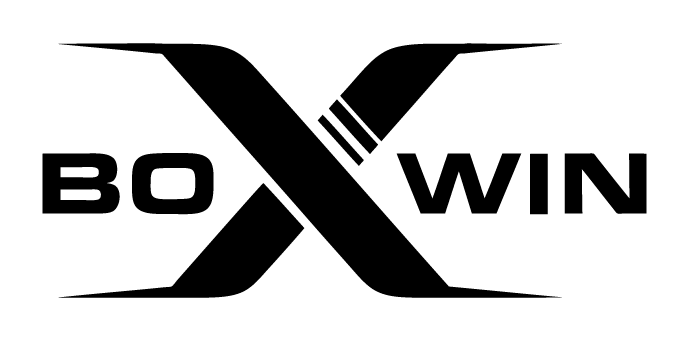Club Boxwin
To fight is to fight against oneself.
Aristide Martin
CLUB BOXWIN
The Boxwin SA club is affiliated with the Swiss Boxing Federation. Aristide Martin is a Swissboxing competition coach and a graduate sports master from the University of Geneva.
How to join the club?
Fill out the membership application below. After speaking with Aristide Martin who will explain the specificities and advantages of the Neuroboxe method, you can start following the boxing training.
Subscriptions & Prices
Subscriptions are valid to 17.06 2025.* They give the possibility to follow three group training sessions per week, on Mondays, Tuesdays and Fridays (see schedules). The club is closed in July, August and will resume with a new subscription in September 2025.
* Except during Geneva school holidays when the club is closed.
- Subscription for up to 3 group training sessions per week: chf 500.-
- Subscription 1x / week fixed day group training : chf 350.-
- One-hour private lessons: chf 120.-
The timetables
Monday :
- 5:30 p.m. - 6:30 p.m.: private lesson
- 6:30 p.m. - 8:00 p.m.: group training
- 8:00 p.m. - 9:30 p.m.: training session on request
Tuesday :
- 5:30 p.m. - 6:30 p.m.: private lesson
- 6:30 p.m. - 8:00 p.m.: group training
- 8:00 p.m. - 9:30 p.m.: training session on request
Wednesday:
- 2:00 p.m.-4:00 p.m.: youth course
- 4:00 p.m. - 6:00 p.m.: private lesson
Friday :
- 5:30 p.m. - 6:30 p.m.: private lesson
- 6:30 p.m. - 8:00 p.m.: group training
- 8:00 p.m. - 9:30 p.m.: training session on request
© 2025 Boxwin SA | Neuroboxe. All rights reserved |
Website
by
ZIP.ch SA
|
Data protection






